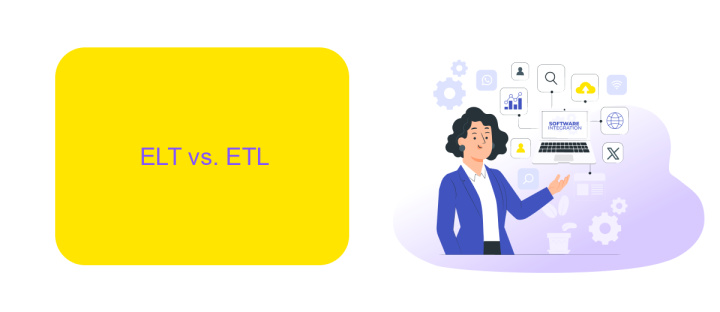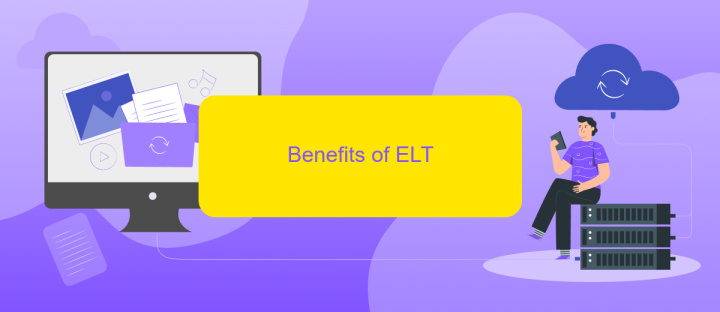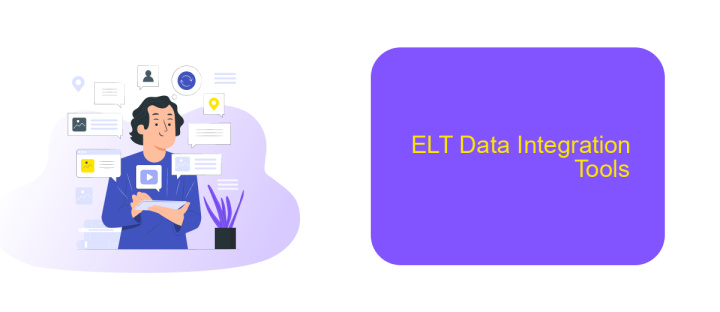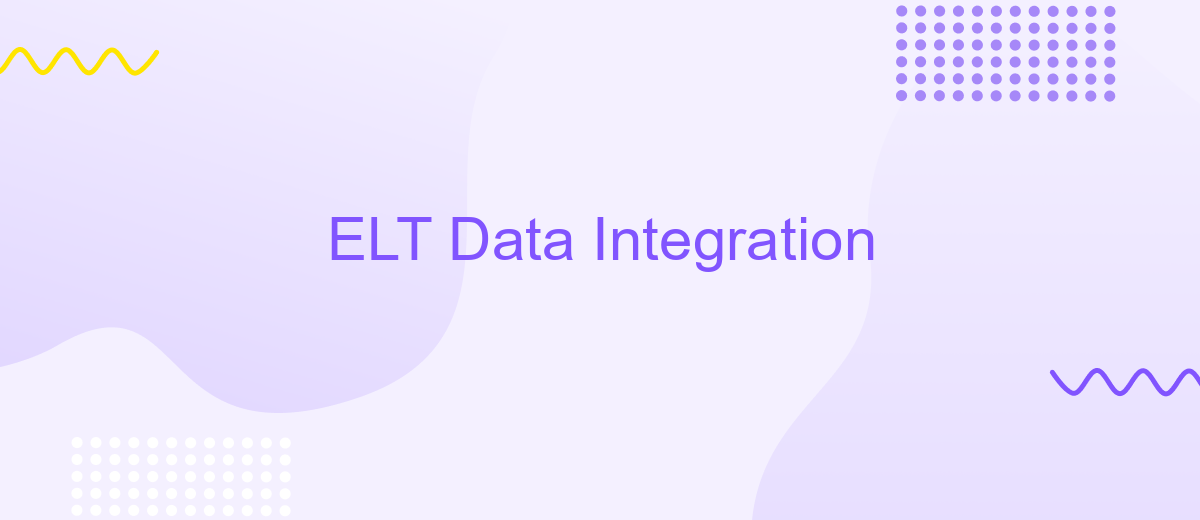ELT Data Integration
In today's data-driven world, efficient data integration is crucial for businesses to harness the full potential of their information. ELT (Extract, Load, Transform) has emerged as a powerful methodology, simplifying and accelerating the process of data integration. This article delves into the fundamentals of ELT, exploring its benefits, challenges, and best practices for seamless data integration.
Introduction
ELT (Extract, Load, Transform) Data Integration is a modern approach to managing and processing data in an efficient manner. Unlike the traditional ETL (Extract, Transform, Load) method, ELT allows for raw data to be loaded directly into a data warehouse, where it can be transformed as needed. This approach is particularly advantageous in dealing with large volumes of data and complex data transformations.
- Extract: Data is extracted from various sources.
- Load: Extracted data is loaded into a data warehouse.
- Transform: Data is transformed within the data warehouse as required.
One of the key benefits of using ELT is its compatibility with modern cloud-based data warehouses, which offer scalable storage and processing power. Tools like ApiX-Drive can further simplify the process by automating data integration tasks, enabling seamless data flow between different systems. By leveraging such services, organizations can achieve efficient and reliable data integration, ultimately leading to more informed decision-making and optimized business processes.
ELT vs. ETL

ELT (Extract, Load, Transform) and ETL (Extract, Transform, Load) are two prominent data integration methods. In ETL, data is first extracted from various sources, transformed into a suitable format, and then loaded into a data warehouse. This approach is beneficial when dealing with complex transformations and ensures data quality before loading. However, it can be time-consuming and resource-intensive, especially with large datasets.
On the other hand, ELT extracts data and loads it directly into the target system before performing any transformations. This method leverages the processing power of modern data warehouses, making it faster and more scalable for big data applications. Tools like ApiX-Drive can facilitate both ETL and ELT processes by automating data extraction and loading, simplifying integration workflows. Choosing between ELT and ETL depends on specific use cases, data volumes, and the available infrastructure.
Benefits of ELT

ELT (Extract, Load, Transform) data integration offers numerous advantages for modern data management. One of the primary benefits is the ability to handle large volumes of data efficiently, as the transformation process occurs after the data is loaded into the data warehouse, reducing the load on source systems.
- Scalability: ELT can effortlessly scale to accommodate growing data needs, making it suitable for organizations of all sizes.
- Performance: By leveraging the power of data warehouses, ELT ensures faster data processing and query performance.
- Flexibility: ELT supports a wide range of data types and sources, allowing for more versatile data integration.
- Cost-effectiveness: Reducing the need for intermediate storage and processing, ELT can lower overall data management costs.
- Real-time Data Integration: Tools like ApiX-Drive facilitate seamless integration, enabling real-time data updates and synchronization.
Incorporating ELT into your data strategy can significantly enhance decision-making capabilities by providing timely, accurate, and comprehensive data insights. With the help of services like ApiX-Drive, setting up and managing integrations becomes straightforward, ensuring that your data workflows are both efficient and effective.
ELT Data Integration Tools

When it comes to ELT data integration, choosing the right tools is crucial for efficient data processing and seamless integration. These tools help automate the extraction, loading, and transformation of data, ensuring that the data is ready for analysis and reporting.
One such tool that stands out is ApiX-Drive. This service simplifies the integration process by offering a user-friendly interface and robust features that allow businesses to connect various data sources effortlessly.
- Automated data extraction from multiple sources
- Seamless data loading into target systems
- Real-time data transformation capabilities
- Intuitive interface for easy setup and management
Using tools like ApiX-Drive can significantly reduce the time and effort required for ELT data integration. By automating complex tasks and providing real-time updates, these tools ensure that your data pipelines are always up-to-date and reliable, enabling better decision-making and operational efficiency.
Best Practices for ELT Data Integration
Implementing best practices for ELT data integration ensures efficient and reliable data processing. Start by clearly defining your data sources and destinations, and establish a robust data governance framework. Regularly monitor data quality and consistency to prevent discrepancies. Utilize tools like ApiX-Drive to automate data workflows and streamline integration processes, reducing manual intervention and minimizing errors.
Additionally, prioritize scalability and flexibility in your ELT architecture to accommodate growing data volumes and evolving business needs. Implement incremental data loading to optimize performance and reduce resource consumption. Secure your data by enforcing strong access controls and encryption protocols. Regularly update and maintain your integration tools and infrastructure to leverage new features and improvements. By adhering to these best practices, you can achieve a seamless and efficient ELT data integration process.
FAQ
What is ELT Data Integration?
How does ELT differ from ETL?
What are the benefits of using ELT for data integration?
What tools can help automate ELT data integration?
Is ELT suitable for real-time data integration?
Apix-Drive will help optimize business processes, save you from a lot of routine tasks and unnecessary costs for automation, attracting additional specialists. Try setting up a free test connection with ApiX-Drive and see for yourself. Now you have to think about where to invest the freed time and money!

